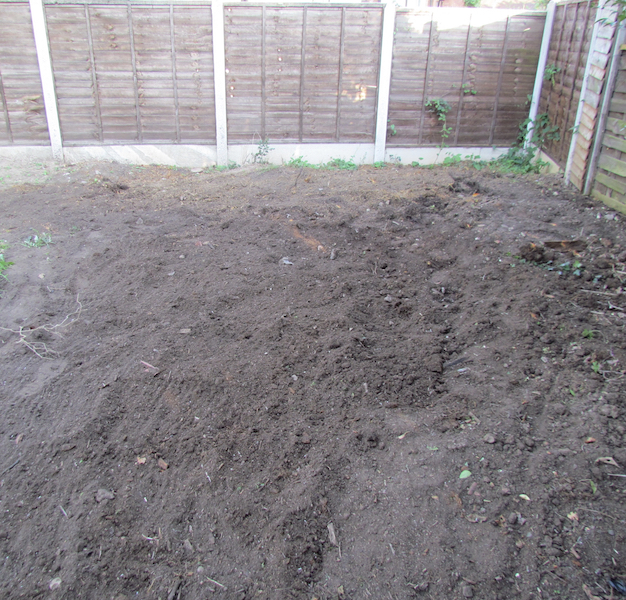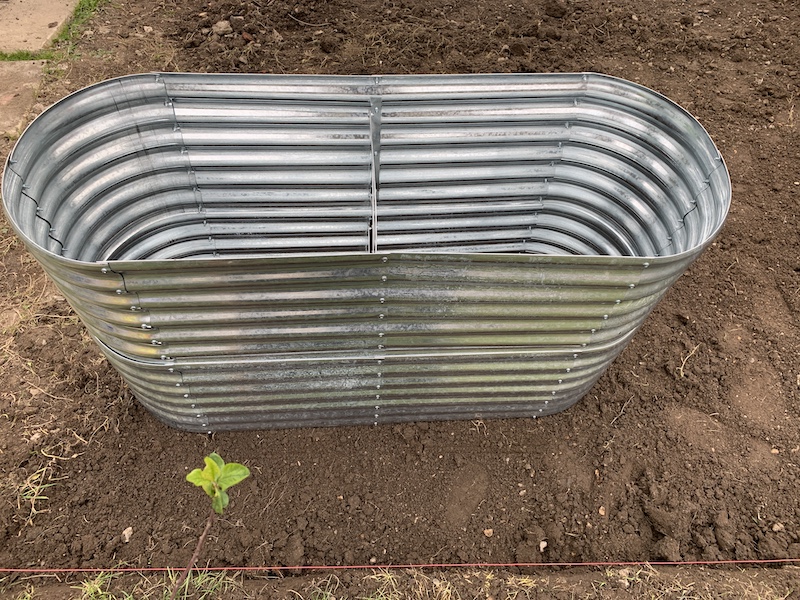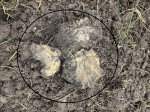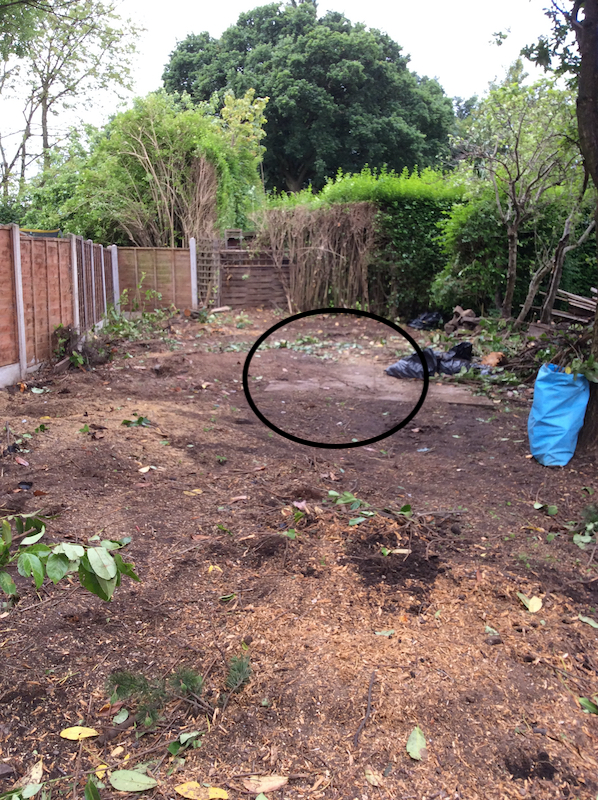Exploring the
different types of soil

Ever wondered what types of soil there are and what makes it.
The definition of soil in the dictionary is "the upper layer of earth in which plants grow: the ground. "
Soil is produced of millions of years beginning with rocks which is the parent of soil. The weathering of this rock with the sun, wind, rain and harsh temperatures has produced different soils.
Each soil is made up of different sized particles of different types of rock in varying percentages. A sandy soil or a clay soil will have a high percentage of that type of rock whereas a generally good soils will have these in smaller percentages.
Basically it is the growing medium for plants to grow and there are many different types. Millions of years ago the ground was formed and shaped by the glaciers and this is why there are hills, mountains, rivers and beaches all giving different types of soil.
Soil has organisms, rotting animal and plant matter, minerals and oxygen included and broken down over the many centuries.
Fossils can be found within this soil at different levels.
Thinking about the parts of a plant, when a seed germinates (begins to grow) the root is the first part of the development of a seed into a plant. These provide a way to anchor or hold a plant into the ground letting it grow.
There are chemical processes between the roots and the soil that allows nutrients, gases and water to be taken in and out of the plant and soil. Therefore the soil must have good growing properties for the plant to survive.
Some different types of soil
Alkaline Soil
Sandy soil
Chalk
Some facts about soil
Different soils are made up of particles or bits of different sizes and it is the size of these that give rise to the differences in soils.
A good growing soil has:
A texture that is easily dug with a fork or spade and will be loose and would crumble between the fingers and not feel sandy or sticky.
Organic matter which comes from plants and would be nearly disintegrated (broken down). This provides food for the plant and helps retain water in the ground so the plants can reach it.
Plenty of organisms large and small some of which are tiny and almost invisible bugs that break down decaying things in the ground and releases the energy or food back into the soil to be taken up by the plants again. Beetles, worms and millipedes are the ones we usually see.
A dark colour that indicates plenty of goodness from broken down organic matter and in turn plenty of organisms.
There may also be small stones that help with drainage so the water can drain away but not too quickly.
The spaces between all these bit and pieces in the soil are usually air pockets or pores. These in turn hold water and air that allows the roots of the plant to get nutrients into the plant.
If the pores are filled with water for too long the plant can't breathe and if the air is there for too long then the plant gets thirsty and if left too long will begin to wilt.
The layers or profile of soil
The layers of soil are called horizons and soil consists of many layers with the bottommost layer being the impenetrable bedrock.
The next layer is the substratum where rocks that have not weathered well or even at all can be found.
Above the substratum is the subsoil where there is more organic matter than the layer below but not as much as the layer above. This layer could have more minerals because of the weathering of the rocks.
Above the subsoil is the topsoil that has the biggest percentage of organic matter and micro-organisms. This layer will be the last decomposing layer.
Soil is ever changing and decomposing that is why archaeologists can tell what has happened many years ago in that area. Catastrophes are recorded in the decomposing matter and the layers of soil continue to build up over over the many years since any time.
The uppermost layer is the layer that is seen. This layer will also be ever-changing as the many organisms and worms do their part in aiding the decomposing of the leaves that are dropped from the trees or the many small birds and animals that have some to the end of their lives.
Fungi and the micro-organisms do their part as well to get a good soil.
Nature is really an amazing thing and everything happens for a reason at the right time.
Books are available that will give you more of the scientific processes that occurs within the soil and between the soil and plants.
Soil test kits will allow you to find out what type of soil is in your garden.
Enjoy finding out about the soil in the garden.
- Home
- Types of Soil


